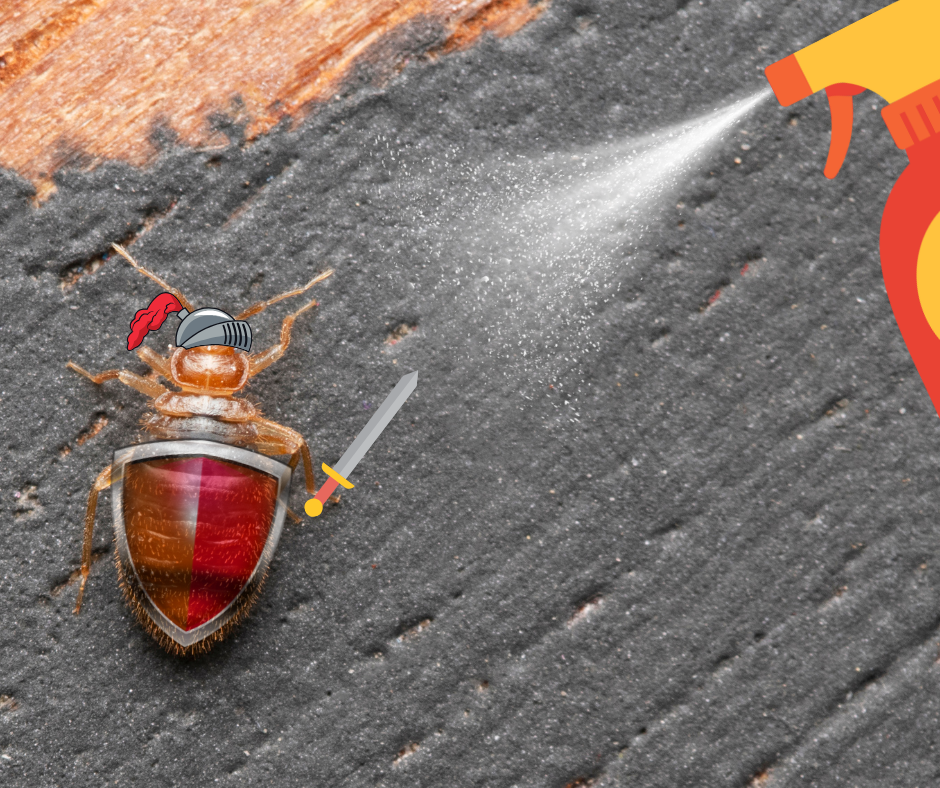Bed Bugs Flying First Class on Turkish Airlines
Bed bugs are known for hitchhiking their way around the world by attaching themselves to luggage, furniture, and people, so it's no surprise that they can also hide in airplanes.
According to a New York Times (NYT) article, passengers found bed bugs on flights that belonged to Turkish Airlines. Undetected by TSA, bed bugs have the potential to multiply in tight, warm spaces like airplanes and bustling environments like airports, where they hop from traveler to traveler. No matter the cleanliness of you or the space you're in, bed bugs can invade and unleash their reign of terror. Where there are people, there can be bed bugs. So, jam-packed airplanes invite a multitude of risks.
Bed bugs are “more common on planes than people like to admit,” according to Reuven Noyman, owner of NYC Steam Cleaning, which does cleanings for private jets.

Passengers from Turkish Airlines reported to the NYT that over the course of recent months, they encountered bed bugs on three different flights.
Matthew Myers, 28, told the NYT he and his girlfriend were flying from Istanbul to San Francisco in October.
He said a passenger next to him drew his attention to bedbugs on the seat and falling from the ceiling before some landed on the person's lap.
"Multiple passengers were asking to move seats after discovering bugs," Myers told the NYT.
He said one passenger moved to a jump seat for flight attendants.
Myers said Turkish Airlines offered him a 10% discount on future travel that was valid through the following two months.
Yahya Üstün, the airline's media relations chief, said in a statement: "Regarding recent news reports about bedbugs, we would like to emphasize that Turkish Airlines remains steadfast in its commitment to the highest standards of safety and comfort.
"Bedbug cases are a general issue occasionally encountered in public spaces, including aircraft. In this regard, we take all feedback seriously and thoroughly investigate each report."
Üstün also said Turkish Airlines planes were "regularly cleaned and thoroughly sanitized before every flight."
Bed bugs can easily get on an airline by hitching a ride on a person or luggage. Bed bugs can hide in people's clothes or in a suitcase and wait for weeks or months until their next meal. These pests are also very resistant to any form of chemical treatment.
At SOS Pest Control we use heat treatment to kill bed bugs for good. Bed bugs are chemical resistant but not heat resistant. We heat up a room or space to a high enough temperature that kills the pests from the inside. This method also kills any eggs in the area. Heat treatment also has the bonus of being pet-friendly and does no damage to furniture.
If you think you have bed bugs from a flight, travel, or on your airplane then SOS Pest Control can help you remove these pests. SOS also offers a free inspection.
Story Source:
https://www.businessinsider.com/turkish-airlines-passengers-encountered-bedbugs-three-flights-report-2025-1
https://www.yahoo.com/news/bedbugs-more-common-planes-people-140700386.html?guccounter=1


